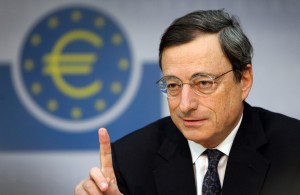Austria is already the first choice for affordable ski properties, higher rental yields and authentic hospitality when compared to France and Switzerland but how does one decide on the type of property to buy: new-build or resale?
Here are some options to consider:
New-build or off-plan property in Austria normally comes with a higher price tag per m² and will further increase in value as soon as you take ownership. Typically, we see a 4 to 5% annual growth on our ski apartments and this can be higher in some locations in Tirol thanks to scarcity restrictions to avoid the “cold beds” trends found in France and Switzerland. According to the UBS Alpine Property Focus 2017, St Anton delivers best growth in the Alps at 8.2%.
So, you might have to increase your budget for a new-build but here’s a few reasons why it’s worthwhile.
New developments present an opportunity to buy into the project early increasing your chances of securing one of the best units at the lowest price and improving capital appreciation. Note that developers can increase their prices year-on-year and as the project gains interest demand starts to rise.
Importantly, smart new build projects are carefully chosen by a developer for their location and access to ski lifts / pistes and restaurants and can command a rental premium over resale properties.
New property buyers aren’t in a chain and there is less reliance on the current owner / vendor which means less chance of the sale falling through.
Buying off-plan offers attractive payment schemes which don’t exist with resale properties: you pay for your apartment in stages. The trustee will notify you in good time when each stage payment is due so you have time to prepare the transfer of funds – no need to transfer all at once. This can be particularly advantageous when using a currency service.
There is also flexibility when dealing with the developer over factors such as parking spaces and choice of furniture packs and when there is joint ownership of the operating company for your apartments, it is possible for the developer to guarantee rental returns for a period during the operating agreement e.g. guaranteed 4% return on net purchase price for first 5 years.
When you buy off-plan in Austria, you get a certain amount of control over the interior of the apartment. There is range of interior themes and styles to choose from and because you are dealing with the developer it is possible to make minor changes to the floor plans in the early stages of the project.
All new properties built in Austria use state-of-the-art, energy efficient methods and materials that you will simply not find in resale buildings. Greener energy solutions, more efficient heating systems and some of the highest recycling standards in Europe not only reduce your carbon footprint but lower bills.
All Kristall Spaces’ developments use automatic central heating systems with air or water sourced heat pumps. Energy is also captured from the spa and bathrooms areas to generate warmth in the underfloor heating systems via heat exchangers and our ventilation systems use the same heat recovery principles to pump fresh air into the apartments at the correct room temperature. All this results in monthly heating cost savings for owners when compared to oil or gas and delivers a greener, more sustainable solution.
New properties in prime Austrian ski resort locations that come with a rental obligation when owners are not staying there themselves are exempt from VAT. You can save a whopping 20% on the sales price when you opt for one of these apartments.
New properties come with building guarantees. For example, we negotiate with tradesmen and suppliers for the following:
- 10 years for the roof covering
- 5 years for the mechanical systems (heating, electrics, lifts)
- 5 years for the remaining works including the shell of the building
- 2 years for electrical goods
Furthermore, Austrian Building Law allows for a 30-year Statute of Limitations for all hidden defects.
Please see our generic FAQ about buying and owning property in Austria or why not Contact us for advice on your Austrian property search.

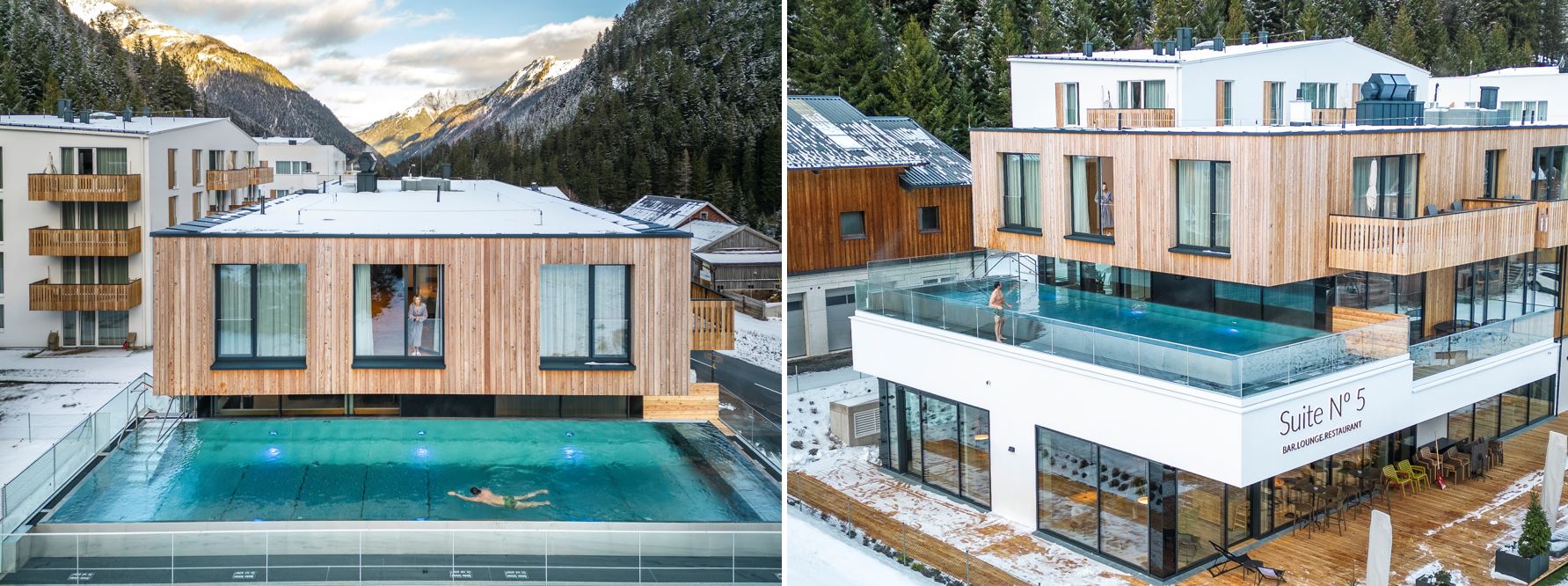
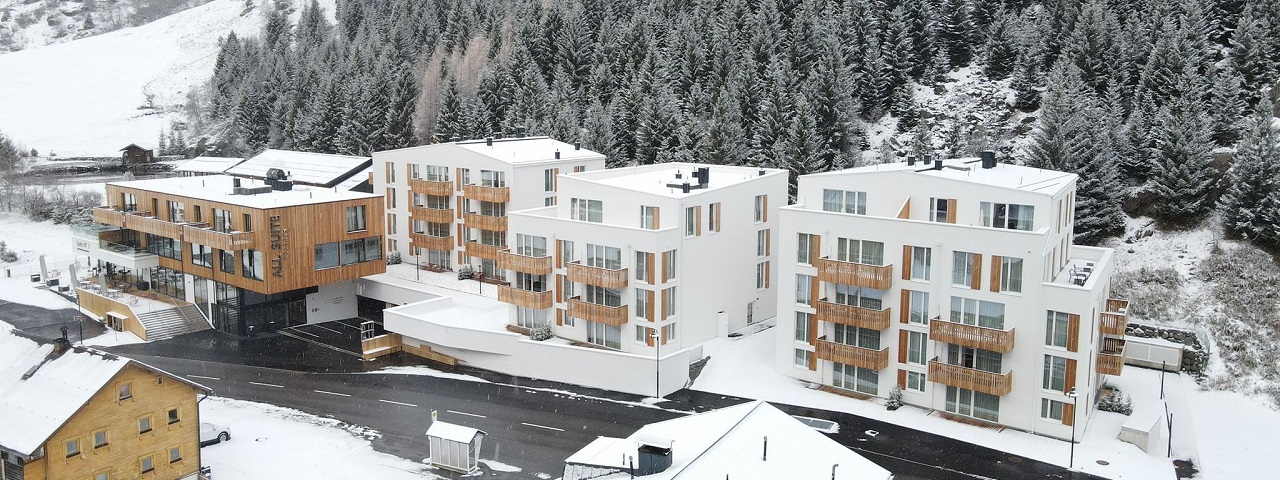
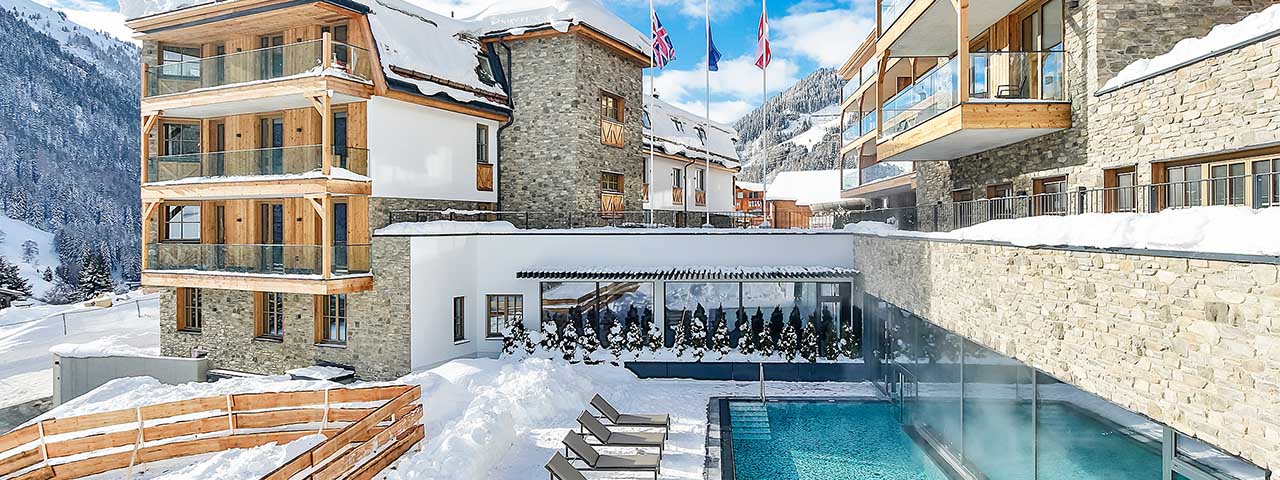
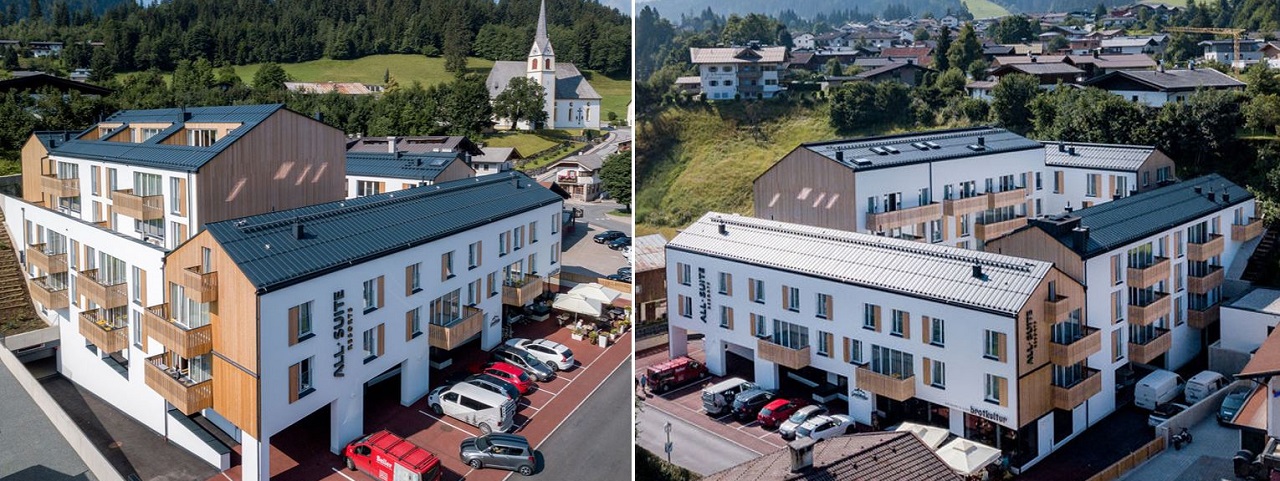
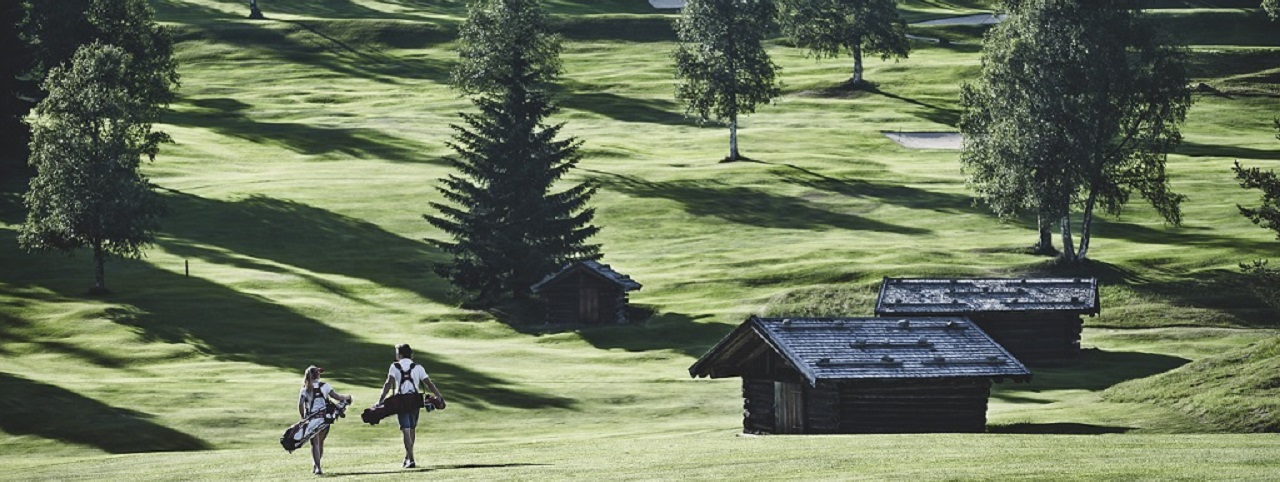
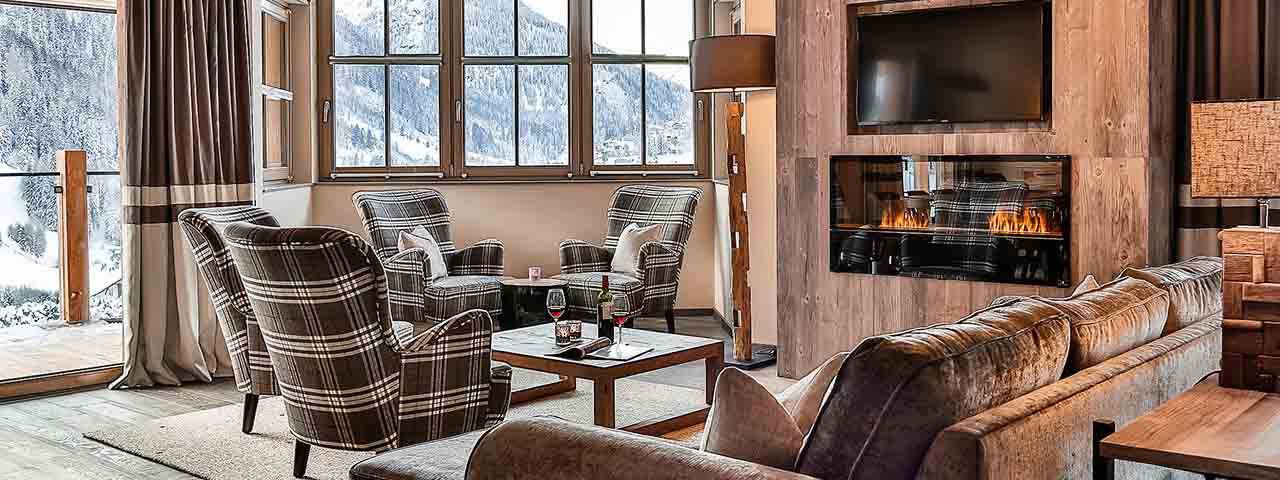
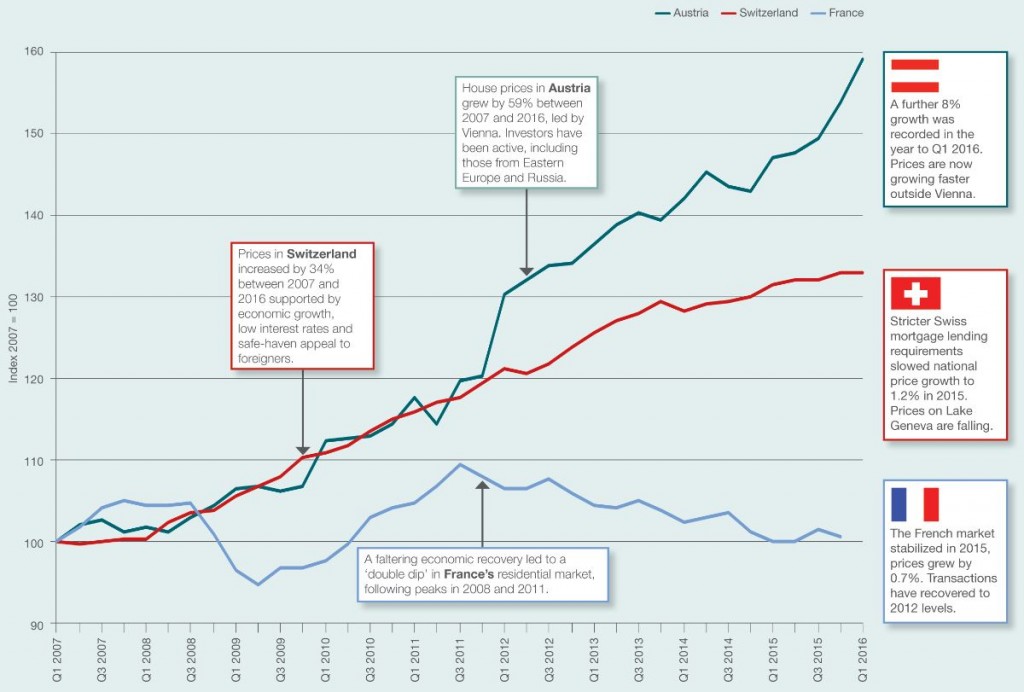
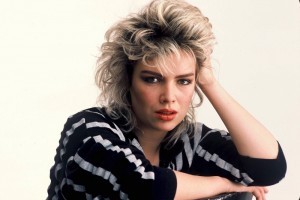
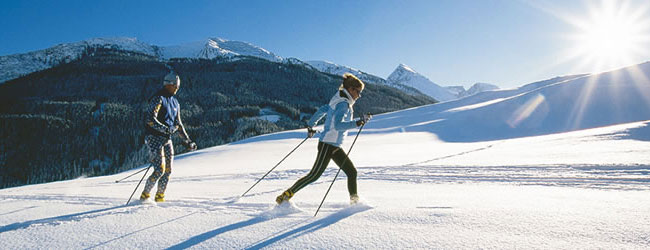
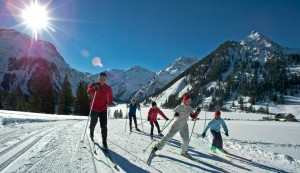
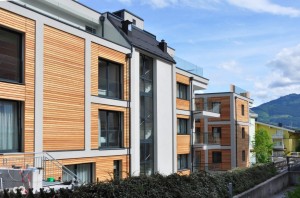
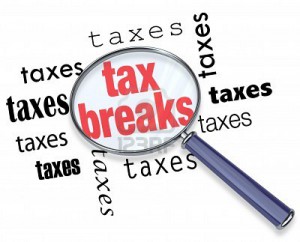 The traditional target for
The traditional target for 